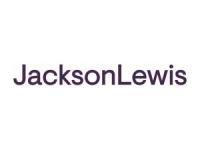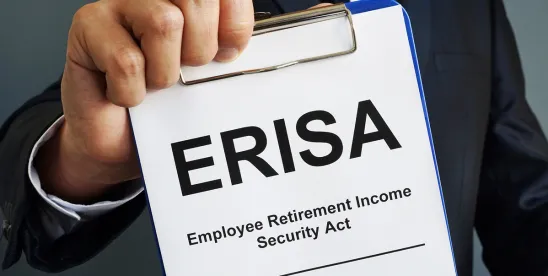On April 17, 2025, the U.S. Supreme Court, in a unanimous opinion, resolved a circuit split and established a plaintiff-friendly pleading standard for ERISA prohibited transaction claims in Cunningham v. Cornell University, No. 23-1007.
Background
The plaintiffs in Cunningham accused Cornell’s retirement plans of engaging in prohibited transactions by paying excessive fees for recordkeeping and administrative services, among other claims. The university contended that these transactions were exempt under ERISA Section 408(b)(2), which permits certain transactions with parties in interest if the compensation is reasonable. The Second Circuit had previously affirmed the district court’s dismissal of the participants’ prohibited transaction claims, ruling that plaintiffs must plead and prove the absence of such exemptions to state a claim under ERISA Section 406(a)(1)(C).
Supreme Court’s Ruling
In a decision authored by Justice Sonia Sotomayor, the Supreme Court reversed the Second Circuit’s ruling. The Court held that plaintiffs are not required to preemptively allege that ERISA’s exemptions do not apply. Instead, the burden is on the plan fiduciaries to raise and prove these exemptions as affirmative defenses. The Court reasoned that:
- Affirmative defenses, such as the exemptions at issue, must be plead by the defendant seeking to benefit from them.
- It is an undue burden to require plaintiffs to plead the non-application of exemptions since these facts are typically within the defendant’s knowledge and control.
- Such preemptive requirement could unfairly force plaintiffs to engage in discovery before having the necessary information.
Implications for ERISA Litigation
The Cunningham decision resolved a circuit split and aligned with the Eighth and Ninth Circuits to treat ERISA exemptions as affirmative defenses rather than necessary elements of the claim to be initially plead by plaintiffs. This standard seemingly makes it easier for plaintiffs to state a prohibited transaction claim and may increase the number of lawsuits surviving motions to dismiss, as plaintiffs are no longer required to anticipate and address potential exemptions. An overall uptick in 401(k) fee litigation is also possible.
The Cunningham court acknowledged that defendants may feel increased pressure to engage in expensive discovery and settlement talks — even in cases they believe are meritless — and pointed to tools to help screen meritless claims, including:
- Dismissing claims where Plaintiffs do not have Article III standing;
- Limiting discovery;
- Rule 11 sanctions;
- Cost shifting under ERISA Section 1132(g)(1); and
- Using Fed. R. Civ. P. 7(a) to order plaintiffs to address exemptions by filing a reply to answers raising this issue.
Justice Alito’s concurrence echoed the importance of such safeguards while highlighting that Rule 7(a) may be the most promising tool. Still, Justice Alito recognized that Rule 7(a)’s reply mechanism is not a “commonly used procedure,” and thus its effective usage “remains to be seen.”
Ultimately, employers and plan fiduciaries should take note of the Supreme Court’s clarified pleading standard for prohibited transaction claims. Employers should review service provider fee arrangements for reasonableness and confirm that policies are in place to maintain detailed records of fiduciary decision-making.





 />i
/>i

